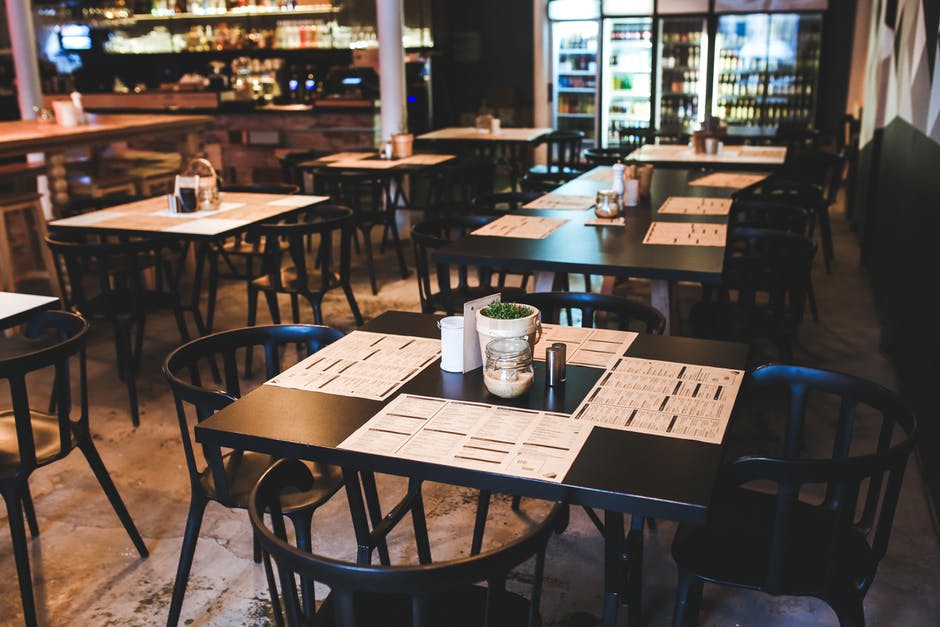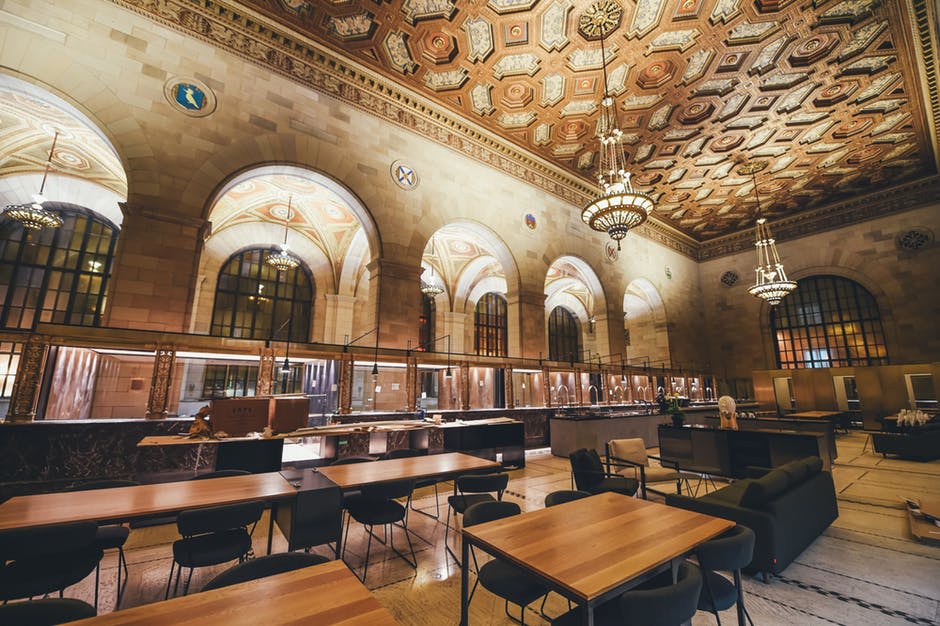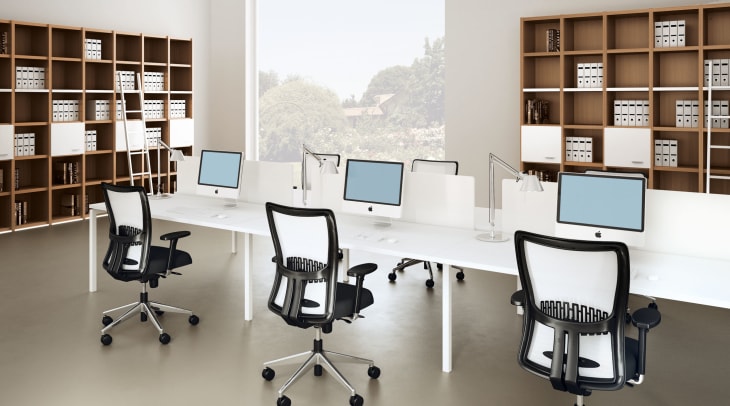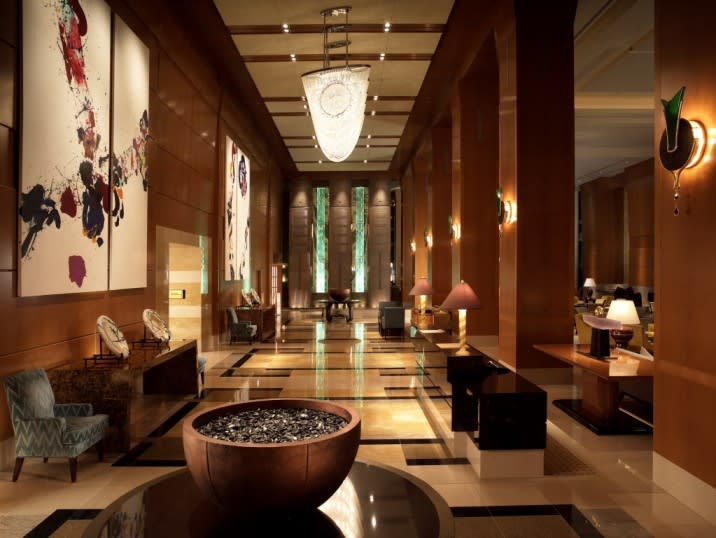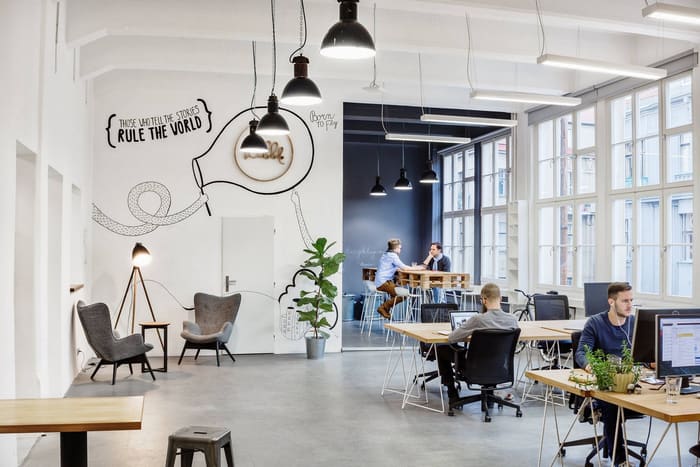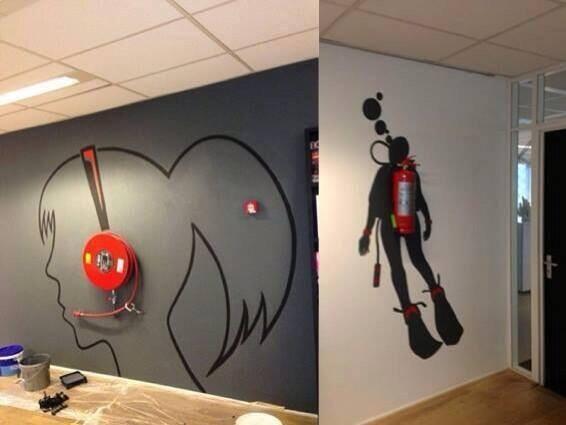If we classify the broad subject of interior design into two, the result would be residential interior designing and commercial interior designing. This classification is based on the application of design theories and practices to create spaces either planned as a residence or a business.
Learning more about commercial interior designing makes one proficient in the subject. That’s why, Hamstech, one of the leading interior designing institutes in Hyderabad, has included this training in its curriculum.
What’s the Difference?
The perspective, vision and requirements for a residential interior designing project are mere extensions of the resident’s personality and preferences, reflected in the structure. The project maybe a new structural design or a renovation.
The focus is on activities such as adding or eliminating structural elements, flooring design, optimal setting of windows, lighting, furniture design and themes for interior decoration.
The variety in residential interior designing largely comes from the client perspective, locale and the nature of inhabitants. Interior designers apply skill and imagination to set up the elements of interiors with a view to create a structure for home that will stay for a long time without dramatic changes.
Commercial interior designing, on the other hand, is all about setting a space up for business and service activities. Hence, it has a very different set of parameters and requirements.
The scope and applications of this branch of interior design is vast. Establishments like retail stores, malls, hospitals, library, office buildings, cinema halls, banks, schools, pubs, restaurants, hotels and much more comes under this category.
The major issues addressed would include planning the separation of spaces for different processes, inserting branding elements, ensuring smooth execution of day-to-day operations and merging telecommunication and technological systems into structural design.
Here are the 5 key factors for a successful commercial interior designing which are discussed in all interior designing classes:
Keep Structures Versatile
With reference to interior structure elements, the best way to ensure easy convertibility of the interior space is to keep them versatile. This particularly applies to purely commercial establishments like retail stores and offices.
For example, in a commercial space at an airport, the cubicles are planned and spaced in such a manner that it is easy to customise and move the shops easily without much fuss.
The same can be applied to any commercial space where the interior planning and designing is done optimally to enable easy conversions and frequent adaptations. Adaptability is much stressed upon across all interior designing colleges.
Consider Technology Implementation
A seamless system of technology implementation is essential in a commercial space. While planning the interiors, adequate thought and facility should be given for telecommunication systems including telephones, computer networking, television and overhead media.
Proper plan for implementing digital control, centralised or de-centralised, is a common requirement. The point is to address the comfort and effectiveness of the guests and workforce in their own sphere of activity.
If you are pursuing an interior designing course, then you would understand how significant this is for the aesthetic design to have functionality as well.
Keep Aesthetics Upgraded
Commercial interior designing also addresses aesthetic creativity for interiors. The elements in presentation could evolve and be changed in time without affecting the basic branding parameters like brand colour palette.
For example, the design of an office interior should have designated convertible areas that can be creatively utilised and changed without affecting the more stable structures in the building.
Provide Personalised Spaces
For customer-based services like hotels and restaurants, making customers feel at home is all about giving them the choice to get an environment and service as per their preferences. Devising an interior design plan to create spaces with provision to satisfy personal interests and preferences is immensely beneficial for the business.
In today’s competitive business scenario, relatability is the pivotal factor that decides customer retainment.
Always Ensure Safety
Last but not the least, safety is the paramount feature in any building construction. Safety features should be essentially fused into the interior design. No safety regulation can be sacrificed for design purposes. Not just a statutory requirement, it is also the moral obligation of the interior designer as well as the client.

